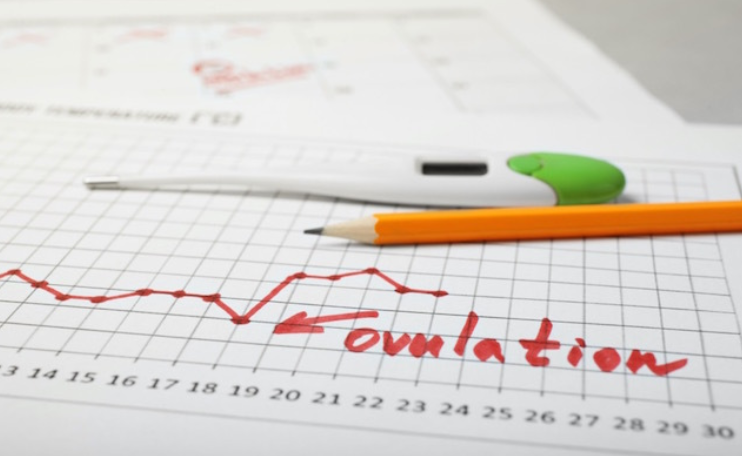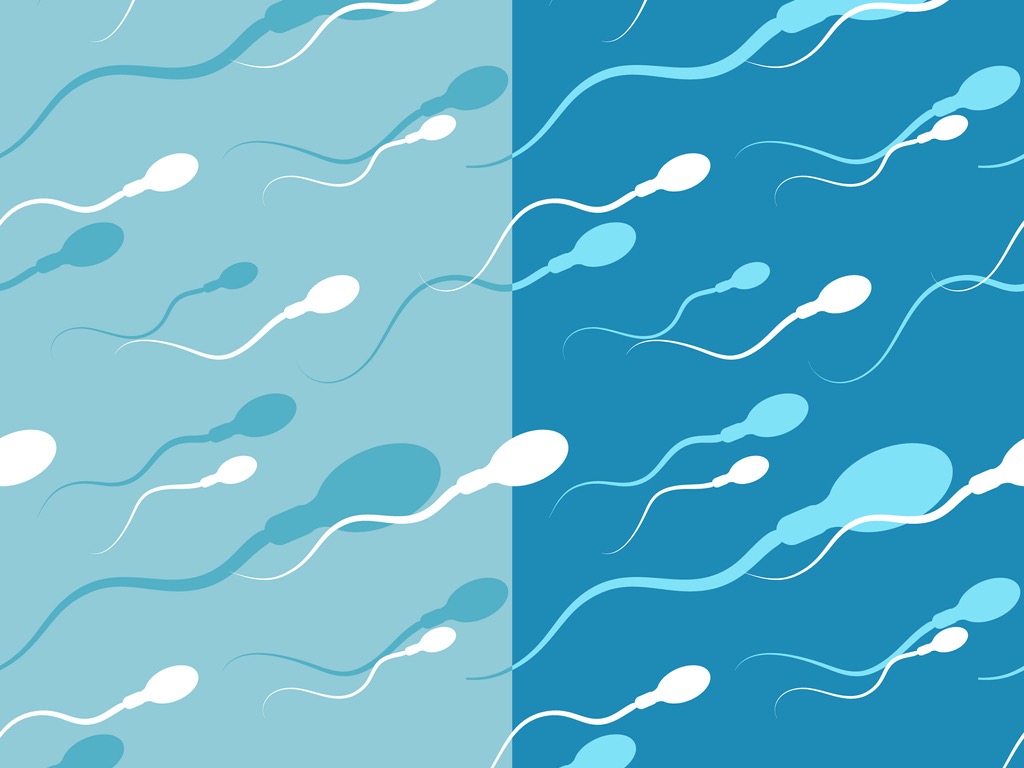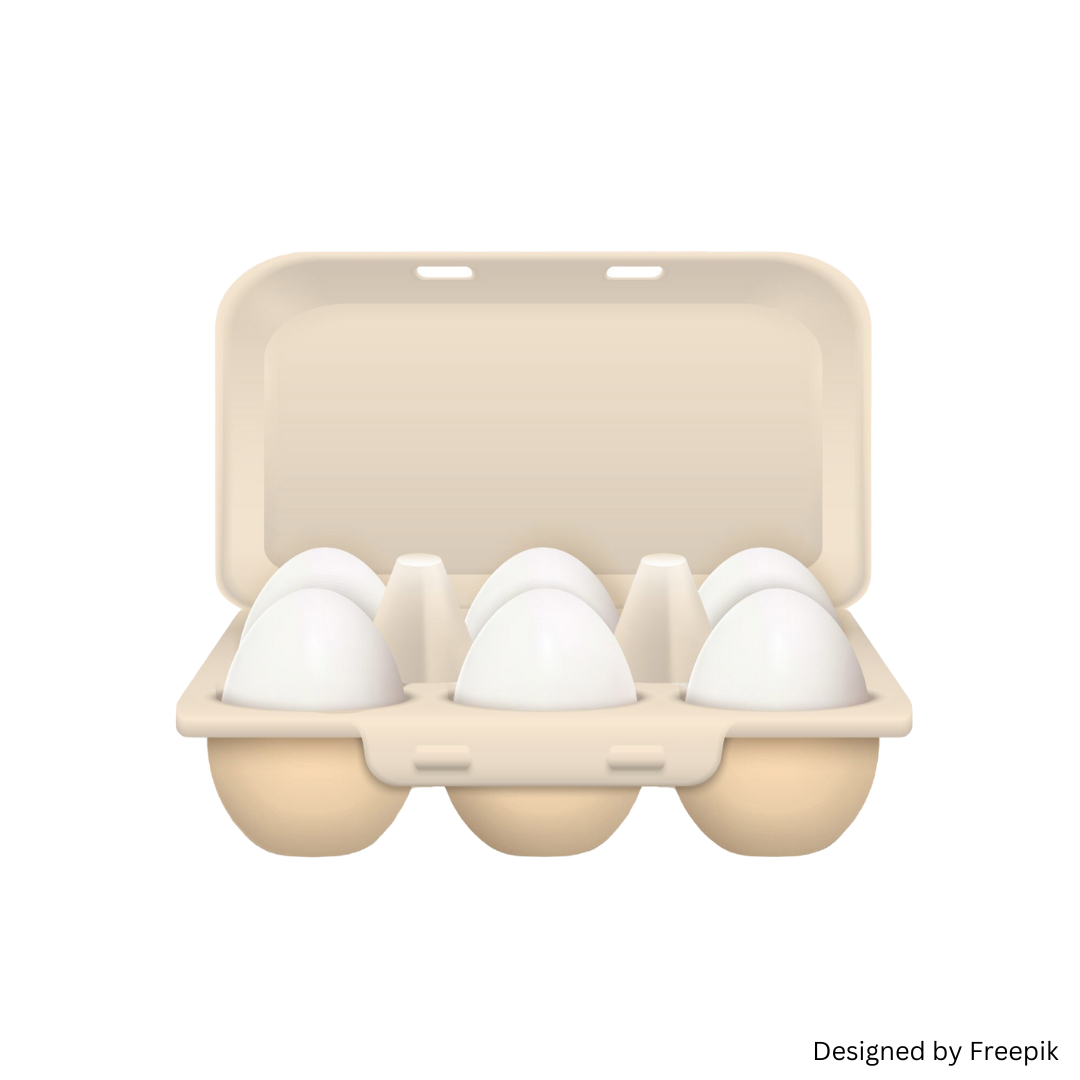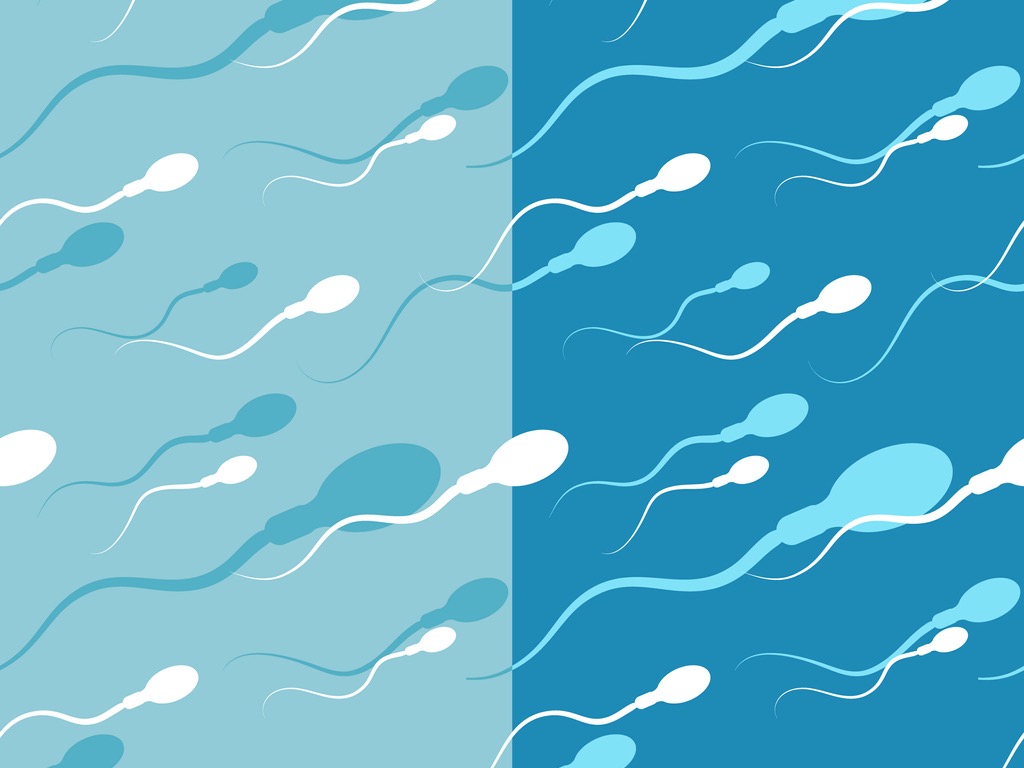DID YOU KNOW?
The best time to have intercourse to conceive is during the 5 days before ovulation.For men with female partners, keep reading to find out how to track her ovulation.
Charting/calendar method
Why it works: This helps track the menstrual cycle by determining when a woman is ovulating.
How it works: A woman can see if her cycle is regular or irregular by charting her menstrual cycle for a few months in a row.
What to do:
- She can use a calendar or download a tracking app.
- Day 1 is the first day of her period (first day of full red blood flow, i.e., not spotting). Her cycle will be the total number of days ending on the day before her next period. If she experiences spotting, she may want to talk to her doctor for more information about the start of her menstrual cycle.
- If her periods are regular (every 24 to 38 days) she is likely ovulating. If you are trying to conceive, you should start having sex every other day starting around 18 days before the start of her next period. For example, if the menstrual cycle is 28 days long, start having intercourse every other day on day 10 of her cycle.
- If her periods are irregular (less than 24 days or more than 38), she may or may not be ovulating regularly, and may want to consult her family physician or gynecologist.
Pros: Simple and inexpensive.
Cons: This method may not be accurate enough to identify a woman’s fertile period, particularly if her cycles are irregular.
Basal body temperature tracking
Why it works: Basal body temperature is your body’s temperature when you’re resting. After a woman ovulates, her ovary releases a hormone called progesterone, which causes an increase in her body temperature. This method allows you to optimize your timing for sex by planning it with her body temperature.
How it works: A woman can chart her basal body temperature at the same time each day for a few months to find a pattern in that temperature. This pattern can help figure out when she’s ovulating. It is best to use basal body temperature tracking with the charting/calendar method.
What to do:
- Use a calendar or download an app. Get a digital thermometer. These can be found in your local drug store.
- Then, every day before getting out of bed, she can measure her temperature and record it in the calendar or the app.
- Women experience an increase in their body temperature around the same time every month.
- Temperature should be tracked for a few months to determine when her temperature typically rises. It is best to have sex a few times in the five days BEFORE her temperature rises.
Pros: Easy to try and inexpensive. For some women, the basal body temperature method allows them to determine if they are ovulating regularly.
Cons: Many things can disrupt body temperature, such as illness, alcohol or drug use, lack of sleep and stress. So tracking body temperature doesn’t always give accurate information and can be challenging.
Remember, the basal body temperature only rises AFTER ovulation takes place and the best time to have intercourse to conceive is during the 5 days BEFORE ovulation, also known as a woman’s fertile window.
Cervical mucus charting
Why it works: Cervical mucus is the natural, sometimes sticky stuff that comes from a woman’s vagina. The consistency of cervical mucus changes throughout the menstrual cycle, so a woman can track her cervical mucus changes to help predict when she is ovulating.
How it works: By monitoring cervical mucus and having intercourse when her cervical mucus is at its most fertile (generally thin, clear and stretchy), there is an increased chance of getting pregnant.
What to do:
- Get a calendar or download a tracking app. She will want to check her cervical mucus a couple of times a day.
- She should wash her hands before checking her cervical mucus. She needs to place her fingers inside her vagina to determine the status of her cervical mucus.
- Around the time of ovulation, because of rising estrogen levels, cervical mucus becomes thinner, clearer and slippery, similar in consistency to a raw egg white. Have sex during this time. The likelihood of pregnancy is highest when the cervical mucus is in this stage.
- After ovulation, women’s progesterone levels increase, which causes the cervical mucus to become thick and opaque. This occurs typically a day or two after ovulation.
Pros: It is free. She can check her mucus daily to give several days of ‘warning’ that her fertile period is beginning.
Cons: It may not be easy for her to detect changes in her mucus. Some things make it harder to interpret the type of mucus, for example, a vaginal infection or the use of lubricants during sex.
Ovulation predictor kits
Why it works: An ovulation predictor kit, also called a hormonal fertility monitor, indicates when a woman is fertile. The monitor indicates whether a woman is ovulating by detecting a rise in luteinizing hormone (LH) 36 hours before ovulation. This hormone is found in women’s urine.
How it works: Ovulation predictor kits detect the LH rise with good accuracy and can help you plan when to have sex.
What to do:
- Buy an ovulation kit from your local drug store or online and follow the instructions on the box.
- She will usually have to pee on a stick or strip of paper and wait a couple of minutes to see the results.
Pros: Many studies have found that ovulation predictor kits provide accurate information about a woman’s fertile time.
Cons: The cost can vary with a price range of $15-50 depending on the brand and type (strips vs. sticks) and how many tests come with the kit. While kits generally have a high accuracy rate, they may sometimes show a rise in LH when ovulation hasn’t occurred.












